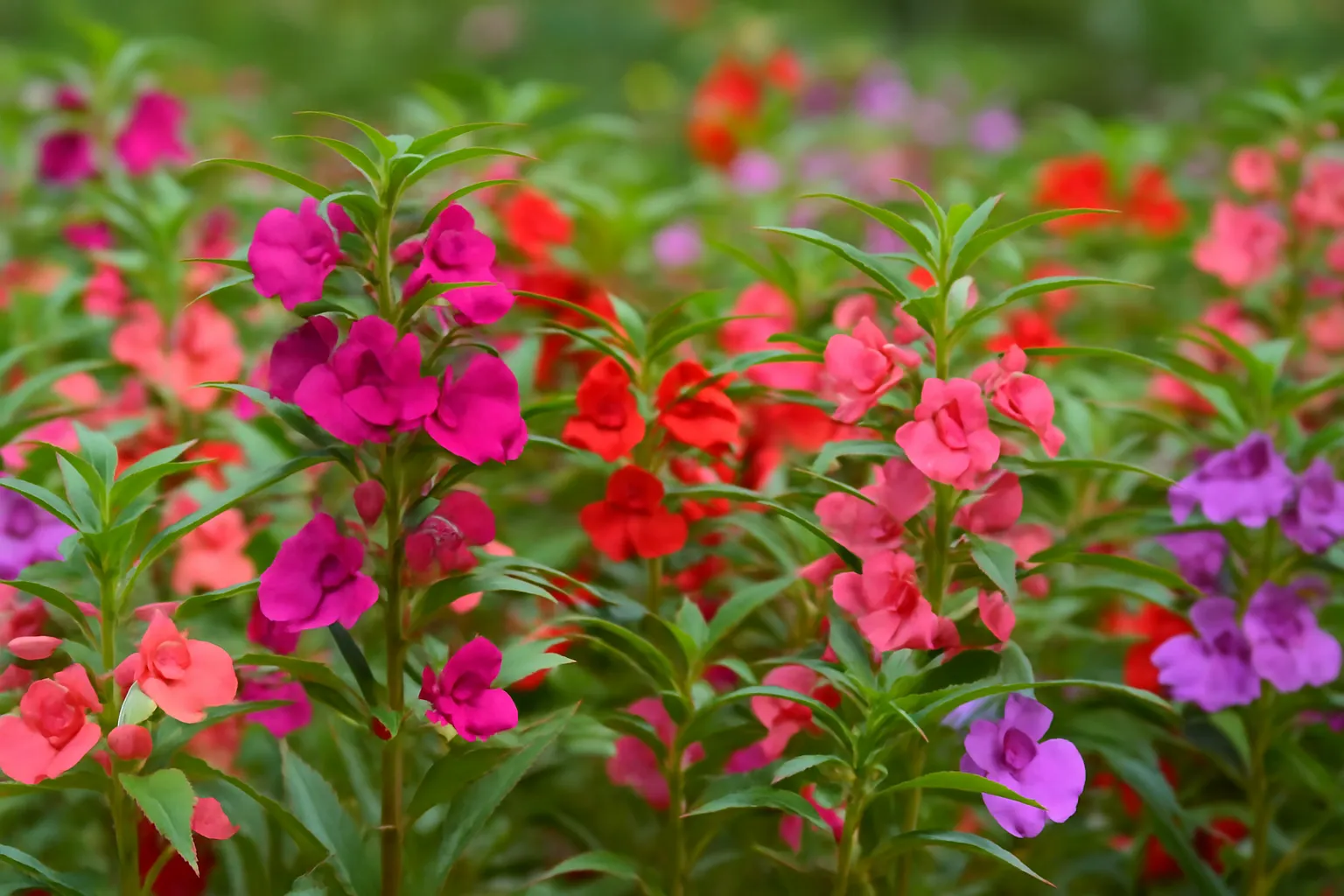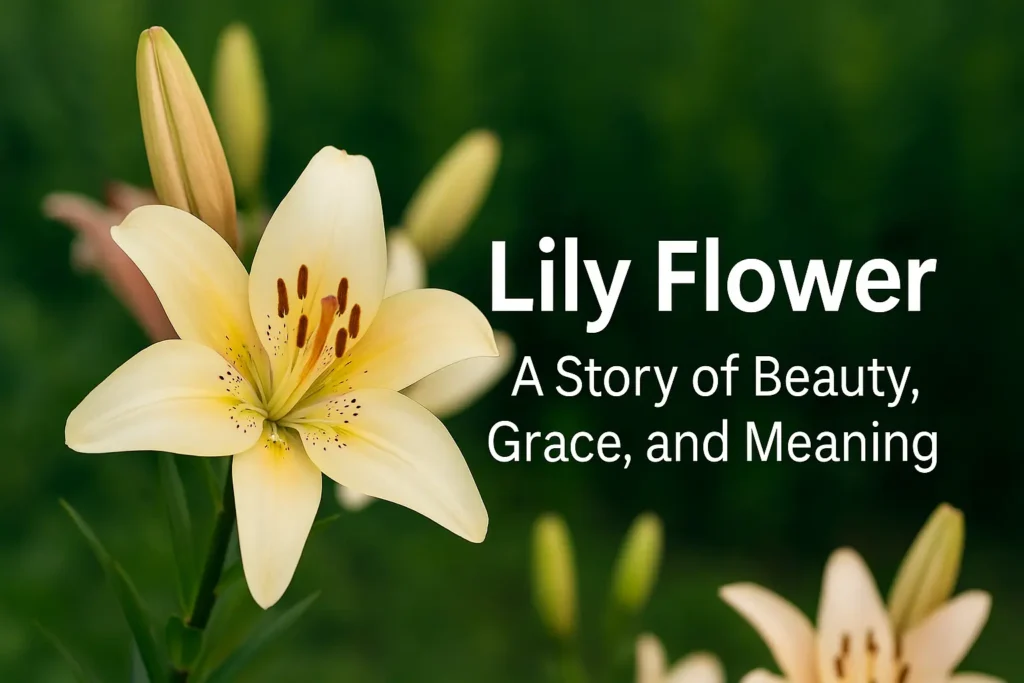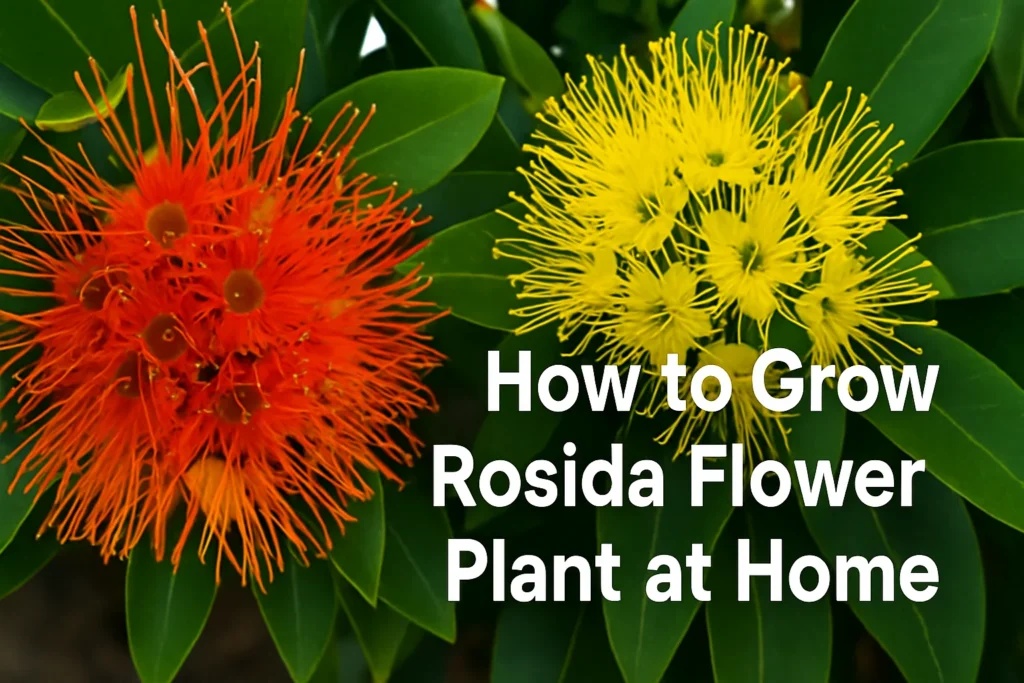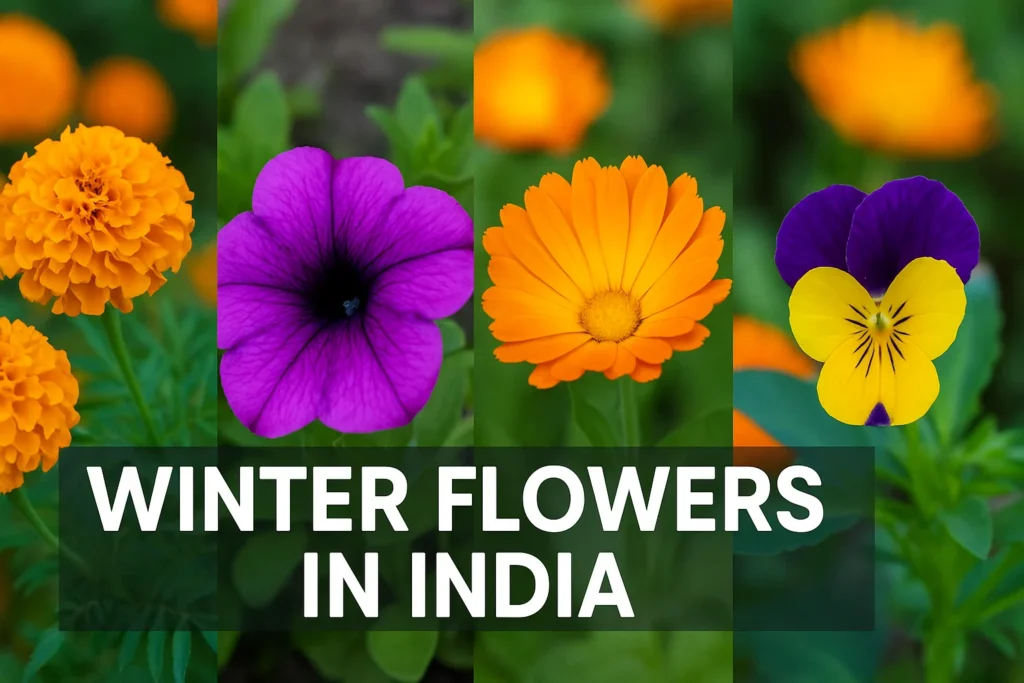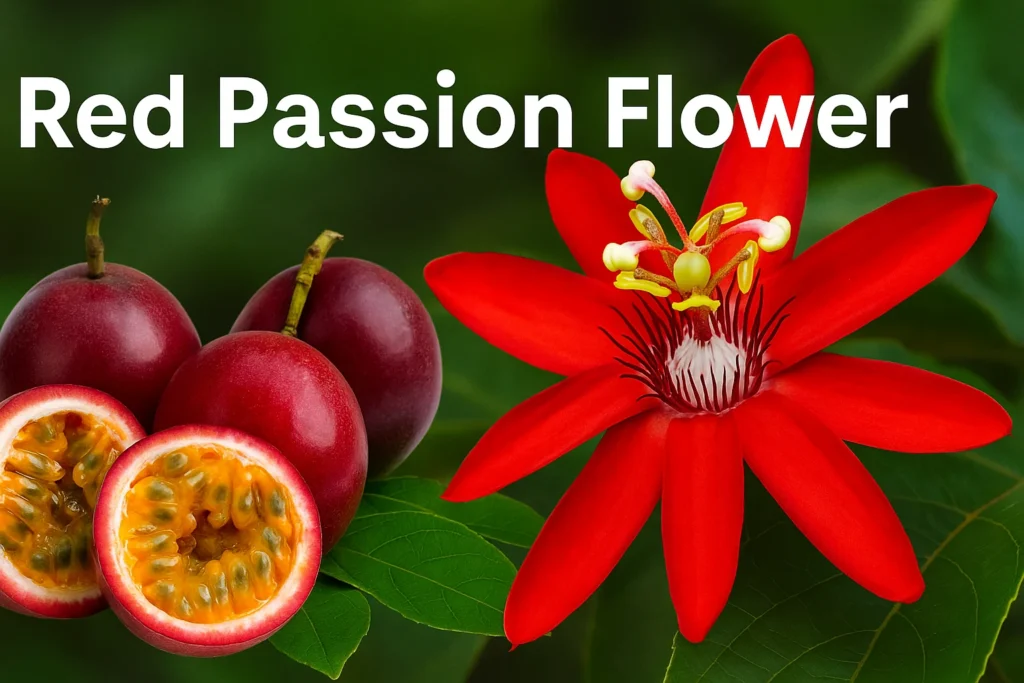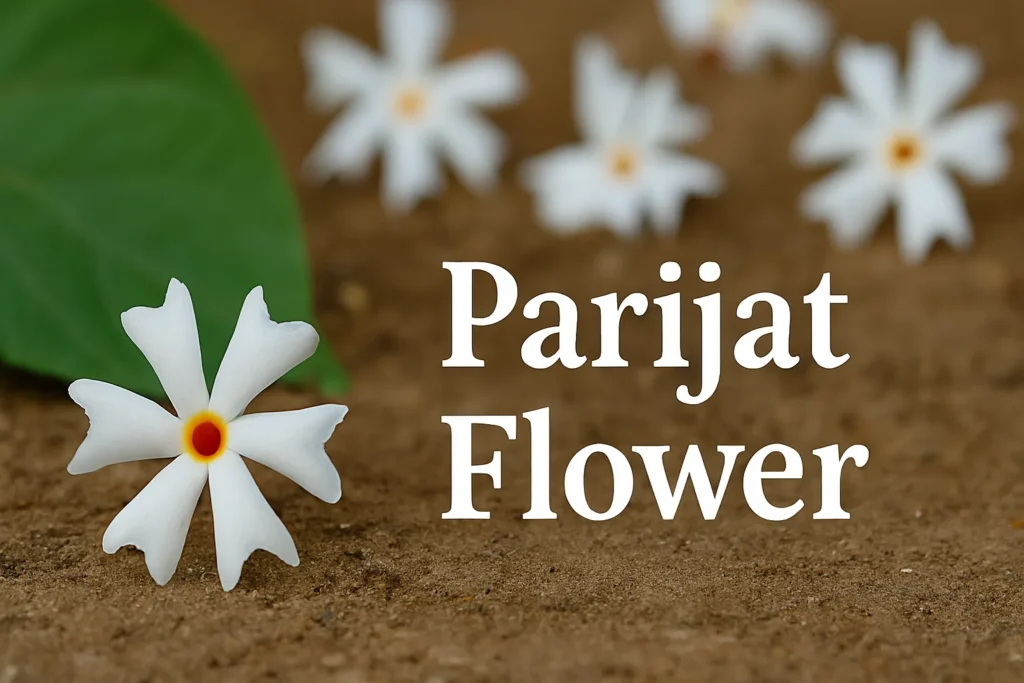If you ever find yourself daydreaming about transforming your garden or balcony with bursts of bright colors and easy-to-grow blooms, you might want to turn your attention to the lovely balsam flower. Whether you’re a seasoned gardener or just starting to dip your toes (or fingers!) into the soil, balsam is one flower that promises beauty, simplicity, and resilience. Ready to discover more about this charming plant? Grab your favorite cup of tea and let’s delve into the world of balsam together!
Understanding the Balsam Flower: A Botanical Charmer
Let’s start with a little background. The balsam flower, known scientifically as Impatiens balsamina, belongs to the family Balsaminaceae. Native to Asia, this attractive plant is cherished for its jewel-toned blooms and its ability to thrive even in somewhat tricky conditions. Balsam flowers come in an array of colors like pink, red, white, purple, and even bicolored varieties, making them a staple in many traditional and modern gardens.
Unlike some fussy flowers, the balsam plant isn’t particularly demanding. It’s an annual, which means it completes its life cycle in one growing season—a great choice if you love seasonal variety. What sets balsam apart is not just its beauty but the texture and shape of its leaves—elongated, toothed, and often with a subtle gloss that adds to its visual charm.
When and How to Grow Balsam from Seeds?
Curious about growing balsam flowers from scratch? One of the joys of this plant is starting them from balsam seeds. In India, the primary flowering season for balsam is during the monsoon, usually from June to September. This timing gives you plenty of color just as the rains bring freshness to all things green.
Starting balsam from seeds is delightfully easy. Sow seeds directly into well-loosened, rich, and moist soil. Keep the seeds barely covered—they like a little light to germinate. Within a week or so, you’ll spot tiny green shoots reaching for the sky! Soon, your space will be dotted with lush balsam plants that need only moderate watering and a dash of care.
As you nurture your balsam, you might get interested in exploring other vibrant flowers for your garden. For example, the Gomphrena Flower is known for its globe-shaped blooms and hardiness, making it a wonderful companion plant.
Caring for Balsam Plants: A Beginner’s Guide
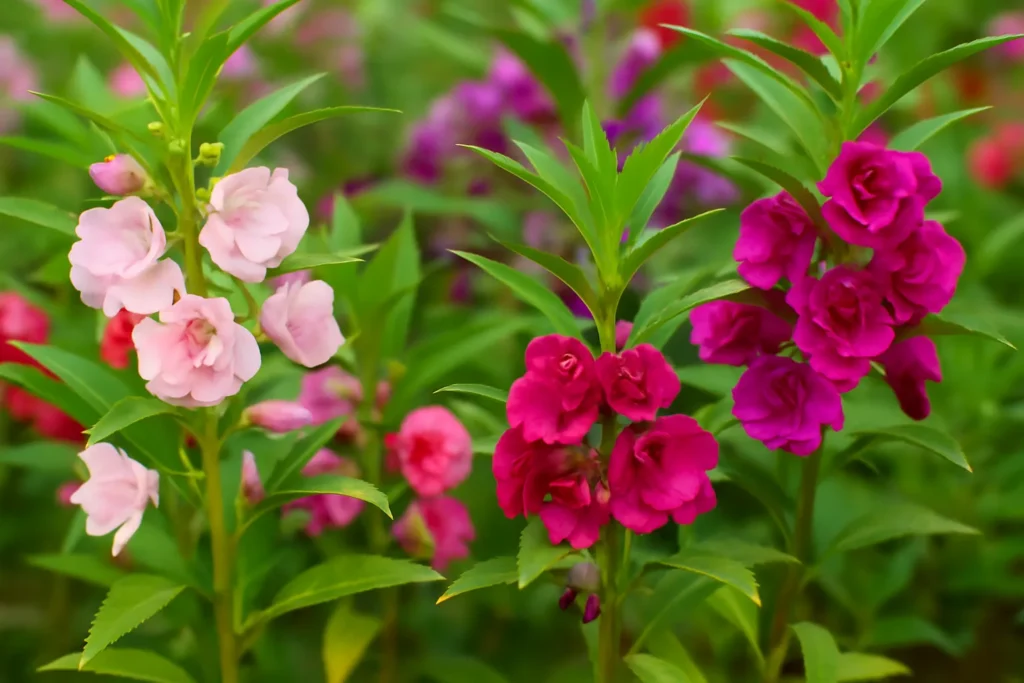
If you’re feeling a little nervous about plant care, the balsam is here to cheer you on. Unlike some more delicate blooms, balsam doesn’t fret over minor lapses in watering or attention. Here’s what it likes best:
- Sunlight: Partial shade or filtered sunlight is perfect. Direct, harsh sun can scorch the leaves.
- Soil: Rich, well-draining soil is the magic ingredient. Regular compost boosts growth.
- Water: Balsam enjoys moist soil, but don’t let water stagnate. A little neglect is better than soggy roots.
Regular deadheading (removing spent blooms) ensures your balsam keeps putting out flowers all season long. Speaking of vibrant blooms, why not consider adding Petunia flowers alongside your balsam for a truly picturesque corner?
When planning your plant placement, remember that the invisible balcony safety trend not only provides safety and a modern look but also allows more sunlight and air to filter through—perfect conditions for happy plants.
Balsam Leaves and Their Uses
Beyond its colorful flowers, the balsam plant is renowned for its unique leaves. These leaves are not only decorative but have been traditionally used in various folk remedies. They’re elongated with finely serrated edges and a waxy, glossy sheen that adds visual interest to any garden bed.
The leaves can sometimes take on a reddish tinge, especially in bright light. While balsam isn’t typically grown as a culinary or medicinal herb nowadays, older traditions have used both the leaves and flowers as poultices for mild skin irritations.
If you have a curious mind for botany, balsam leaves invite you to compare textures and colors with other plants like the wild Gokarna Plant—another beautiful addition to any natural space.
The Balsam Tree and Its Relatives
Although most gardening enthusiasts focus on the balsam flower, it’s worth noting that there are also balsam trees. However, the “balsam tree” you sometimes hear about refers to completely different species, such as those producing balsamic resins used in perfumes and traditional medicines.
When talking about our garden favorite, though, balsam is an herbaceous annual—meaning it’s not a tree but a soft-stemmed plant that brings lushness to the ground level.
For a lovely contrast to balsam’s upright growth and tropical flair, you might consider planting Marikolunthu Plant nearby—its aromatic leaves and delicate flowers create a perfect backdrop for bright, bold balsam blooms.
Designing with Balsam: Ideas For Every Space
Now, let’s talk garden design! Balsam is one of those flowers that fits almost anywhere—window boxes, balcony pots, border edges, or mass plantings for a glorious carpet of color. They’re also great at filling in gaps in the garden quickly, thanks to their robust growth.
If you’re dreaming of a pollinator-friendly garden, balsam flowers, with their nectar-rich blooms, are perfect for attracting bees and butterflies. Interspersing balsam with Sampangi Flower plants creates an inviting scent scape, delighting both the eyes and the nose.
Urban dwellers will love how balsam adapts to pots and containers. With a little creativity, you can mix balsam with trailing vines or companion flowers like Tagar Flower for varied height, texture, and color.
The Balsam Flower Season in India: A Monsoon Marvel
In India, the balsam flower season coincides with the monsoon, making it a favorite for rainy-day gardening. As the first showers hit the soil, balsam plants burst into joyful life, turning spaces into miniature rainbows. This seasonal aspect has made balsam a cultural staple in many Indian homes, especially for those who cherish gardening as a monsoon ritual.
To add even more sparkle to this season, try pairing balsam with Petunia Flower beds—petunias maintain color right into the warmer months, extending your balcony and garden’s cheerful vibes.
Perks of Growing Balsam Flower: Why You Will Love This Flower
What makes balsam a standout among other annuals? For one, it’s highly forgiving. Even if your garden skills are still sprouting, you’ll likely enjoy a successful bloom. Balsam flowers can also self-seed, so once you plant them, you might find them popping up next year—nature’s own little gift!
Kids love the way the seed pods “pop” when pressed, scattering seeds in all directions. This interactive touch makes balsam a wonderful choice for family gardens, teaching little ones about plant life cycles and natural wonders in a hands-on way.
Final Notes
From its dazzling blooms to its easy-going nature, the balsam flower offers beauty and satisfaction year after year. Whether you’re gardening on a grand plot or a modest balcony, balsam fits right in—adding a cheerful burst of color, attracting pollinators, and encouraging the gardener in everyone, young or old. If you’re searching for inspiration to fill your garden with charm and life, balsam is a heartfelt recommendation.

